VET APPROVED

The information is current and up-to-date in accordance with the latest veterinarian research.
Learn more »Click to Skip Ahead
Ataxia can be seen in pet birds for a variety of different reasons. Generally speaking, it is considered a severe illness that requires immediate treatment.
Ataxia can arise from damage to the neurological or musculoskeletal system. It can start slowly and be progressive over time, and may be more difficult and subtle to detect in early phases. However, as soon as it is noticed, your vet should be the first point of contact, and they will almost certainly want to see your bird.
So what is ataxia in pet birds? How can you get to the bottom of what caused it? And what treatment options exist? Read on to learn more.

What Is Ataxia?
Ataxia refers to an inability to coordinate movements—in particular, walking. Animals with ataxia, including birds, will look uncoordinated, and may stumble or fall over. In some cases, they may not be able to walk at all. In the early phases of ataxia, an individual may simply miss a step or two, or may take longer to actually place their feet and coordinate the walking movements—making it very subtle and hard to catch at first.
In birds, in addition to being unable to walk, they may also have issues with flying and using their wings. Signs that indicate difficulty may include a wide leg stance, falling over, using their beak to grab onto objects to prevent falling over, falling off their perch or being unable to perch, or uncoordinated movements with their legs or wings.
Ataxia is often an indication of illness within the nervous system or the muscles. Damage to nerves can impact specific limbs, while damage higher up in the brain can impact motor abilities on a larger scale. Muscle weakness or damage can also create ataxia, without specifically involving the nerves or nervous system.
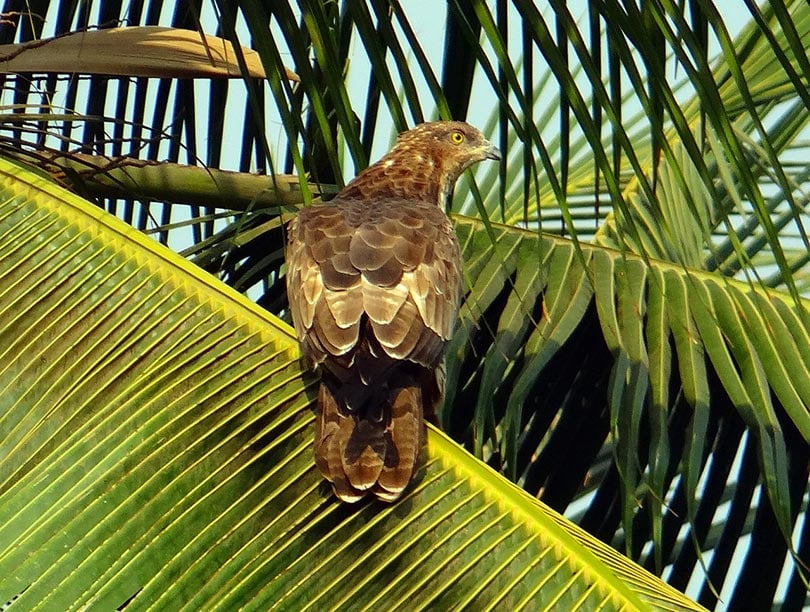
What Are the Causes of Ataxia in Birds?
Ataxia can be caused by a primary issue of the neurological or musculoskeletal systems, or by a secondary issue.
Primary issues mean that the main cause is within that system—for instance, cancer, genetic issues, or trauma causing damage to the nervous system. Secondary issues could include nutritional deficiencies that lead to muscle weakness or nerve deterioration. This can often be seen with deficiencies in things like vitamin E, calcium, or selenium.
Chronic illness from other causes can also lead to the appearance of ataxia, where weakness and exhaustion make it look like the primary issue is trouble in walking or moving.
Ataxia in birds can be caused by many things. Trauma and nutritional deficiencies are two already mentioned. Toxicities, such as heavy metal ingestion, and bacterial and viral infections are others. Fungal infections in birds can also lead to ataxia, as can metabolic diseases, such as issues with the liver or kidneys. Some of these illnesses can be contagious to other birds, so separating a sick bird from any well birds should also be considered.

Where Are the Signs of Ataxia in Birds?
- General weakness
- Lethargy or excessive sleepiness
- Inability to walk or stand
- Falling off their perch
- Using their beak to gain balance
- Standing with legs splayed
- Difficulty breathing, including excessive chest or tail movements, or open-mouth breathing
What Are the Potential Dangers of Ataxia in Birds?
The danger of ataxia is that it reveals a severe illness, and, if left untreated, can lead to death. Even with treatment, sometimes the underlying cause is too great, or too advanced, and death will still occur.
Another potential danger is that certain causes are transmissible to other birds—both pet birds and wild bird. So it is important to know if you need to isolate a sick bird from healthy ones. This is a discussion you should have with your vet.
Also, some causes of ataxia in birds are considered reportable diseases. These are more commonly seen in wild birds, or production populations, but it is worth knowing that ataxia can be a very serious topic when it comes to birds!
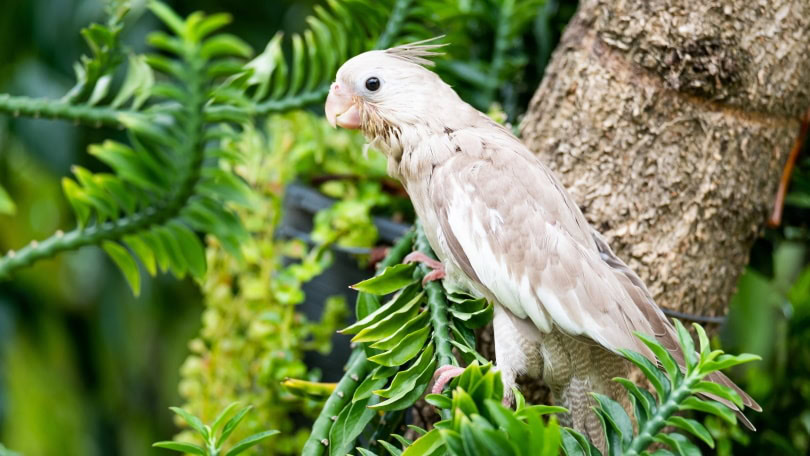

Frequently Asked Questions (FAQ)
What Can You Expect at the Veterinary Clinic When You Have an Ataxic Bird?
Expect that your vet will start with a physical exam of your bird, no matter how recently your bird was last in for a check-up. Your vet may ask questions about the food you are feeding (so have that information handy), your bird’s medical history, and other care that the bird receives at home, as well as supplements and housing that the bird lives in.
The next steps will almost certainly be further investigation by way of diagnostics, to try and determine what the cause of the illness is. Tests can include bloodwork to check for toxicities or organ function, or swabs for viral and fungal infections. Imaging via X-rays or ultrasound may also be used to look at bones and other internal organs.
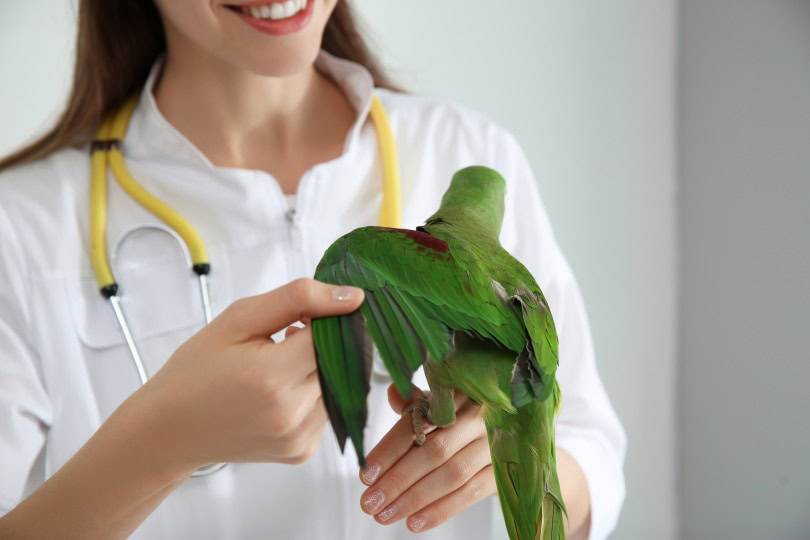
What Are Treatment Options for Ataxia?
Treatment options will depend on the underlying cause. Often, while waiting for diagnostic test results to come back, which can sometimes be a few days, your vet may also need to hospitalize your bird for 24-hour care. This may include placing an IV catheter to administer fluids and medications, or vitamins and minerals. Medications may include antibiotics or antifungal treatments. Sometimes, if your bird is not eating, feeding will also be commenced. Other specific treatment options will be tailored based on the diagnosis.
Once your bird goes home, they will often still need additional care. This includes a quiet environment, additional soft bedding in their housing, and close monitoring of their eating and drinking, as well as toileting habits. Medications may be prescribed that will also need to be administered.
Any changes in your bird’s appearance or behavior should be quickly reported to your vet.

Conclusion
Ataxia in birds is a condition that requires immediate investigation and treatment, due to the severity of the items that can cause ataxia. Remember, it can also be caused by pathogens that are transmissible to other birds, so it may be necessary to isolate any sick birds that are showing signs of ataxia.
Ataxia in birds requires medical intervention, so having a veterinary exam and treatment plan is critical.
- See also: Small Pet Birds (With Pictures)
Featured Image Credit: Ozgur Senergin, Shutterstock
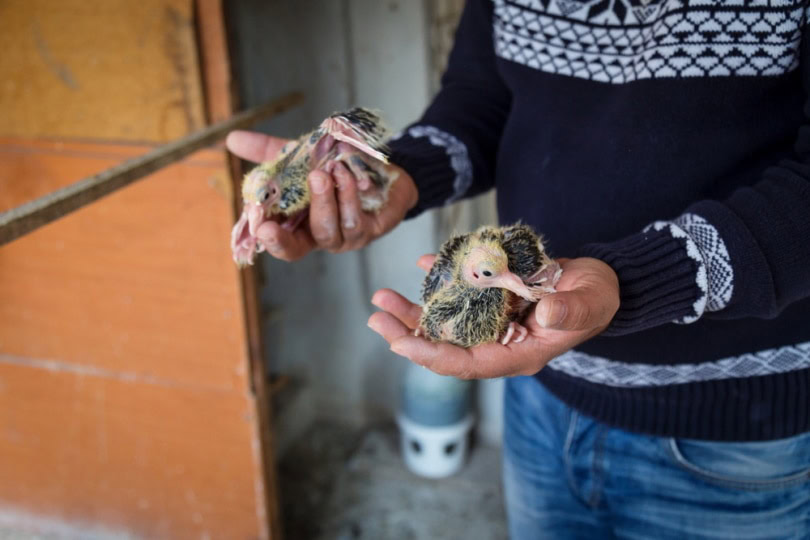







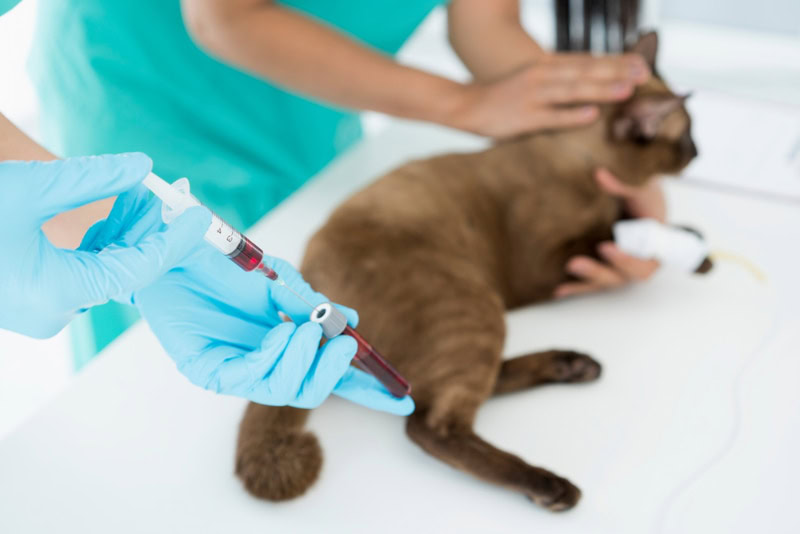


2 Responses
tengo una gansita de dos meses de edad y me apareció con unos síntomas raros como no poder caminar se le abren las paticas . que puedo hacer?
Hello Saul,
thank you for your question. We are very sorry to hear about your goose’s issues. Since it seems your bird’s condition is serious, we would like to suggest you to immediately take your goose to the veterinarian if possible. After they will give your goose physical examination, they will be able to suggest treatment.
Best of luck!